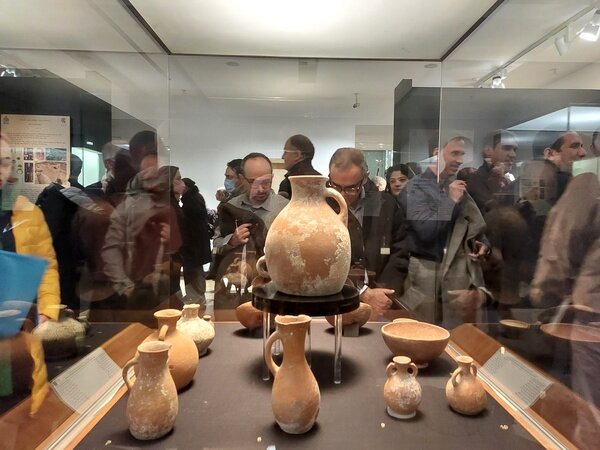Newly discovered archaeological relics on show at National Museum

TEHRAN – The National Museum of Iran is playing host to an exhibition of relics recently been discovered across the country, ILNA reported on Monday.
The relics, dating from the Epipalaeolithic period to the Seljuk era (1037–1194), were discovered in different archaeological excavations across the country over the past Iranian year (ended on March 21, 2022), the report added.
The Epipaleolithic period represents a time when everyone in the world was a hunter-gatherer. But, in the Middle East, these groups were the last of the hunter-gatherers because the behavioral choices they made and subsistence strategies they undertook throughout several millennia led to one of the key economic transitions in prehistory – the origins of agriculture and the domestication of herd animals such as sheep and goats.
Seljuk, also spelled, Seljuq, was a ruling military family of the Oguz (Ghuzz) Turkic tribes that invaded southwestern Asia in the 11th century and eventually founded an empire that included Mesopotamia, Syria, Palestine, and most of Iran. Their advance marked the beginning of Turkish power in the Middle East.
Chock-full of priceless objects showcasing the juicy history of the nation, the National Museum showcases ceramics, pottery, stone figures, and carvings, mostly taken from excavations at Persepolis, Ismail Abad (near Qazvin), Shush, Rey, and Turang Tappeh to name a few.
Inside, among the finds from Shush, there’s a stone capital of a winged lion, some delightful pitchers and vessels in animal shapes, and colorful glazed bricks decorated with double-winged mythical creatures. A copy of the diorite stele detailing the Babylonian Code of Hammurabi, found at Shush in 1901, is also displayed – the original being in Paris.
ABU/AM
Leave a Comment